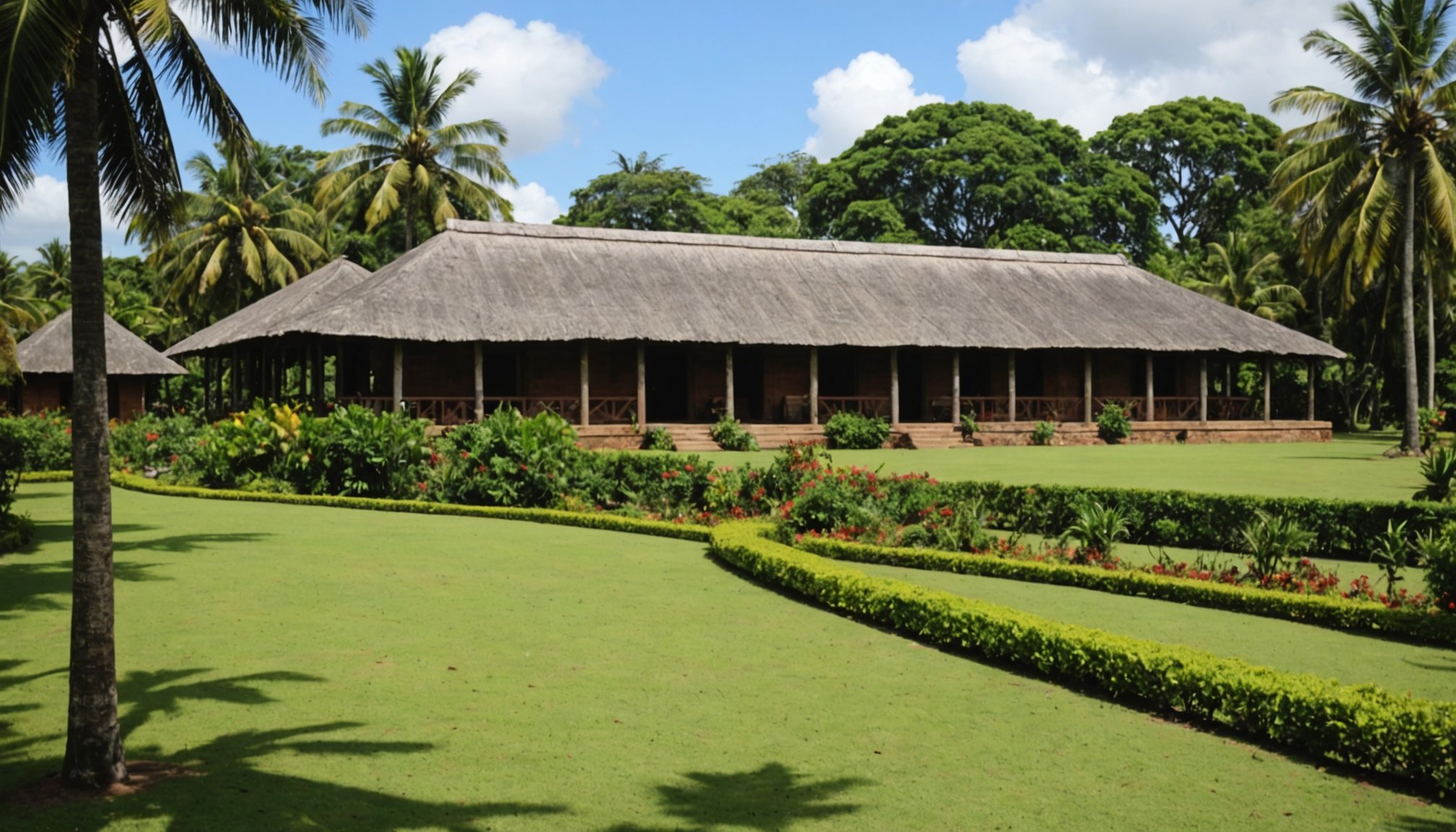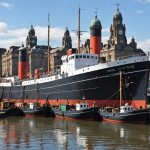Key Destinations Reflecting British Colonial Legacy
British Colonial History has left a profound mark on numerous historical travel destinations. These places showcase the cultural and architectural remnants of colonial influences. Across continents, cities like Kolkata in India and Cape Town in South Africa offer a glimpse into the architectural styles and urban planning introduced during colonial rule.
Cultural and Architectural Remnants
In these locations, visitors can explore buildings erected in the neoclassical or Indo-Saracenic style, each telling a story of British Colonial History. For instance, colonial influences in architecture are evident in the stately structures found on the streets of Penang, Malaysia.
Also to see : Essential Tips for Capturing Stunning Wildlife Photos in the UK”s National Parks
Impact on Contemporary Society
The legacy of British Colonial History continues to affect contemporary society. While some view these remnants as valuable links to the past, providing rich opportunities for historical travel destinations, others see them as complex symbols of colonial rule. Understanding these destinations helps in comprehending the multifaceted impact of colonialism on modern society.
Whether admired or debated, these historical travel destinations hold significant importance. They remind us of a time when empires shaped the world, providing invaluable insights into the British Colonial History that still influences today’s global landscape.
Also to read : Your Ultimate Guide to Exploring Portsmouth”s Historic Naval Dockyards and Museums
India: A Tapestry of Colonial Heritage
Unveiling the remnants of Colonial India, an intricate tapestry of history emerges, where Historic Cities still bear the imprints of the British Influence.
Delhi: The Heart of British Power
Delhi, the pulsating heart of British power, is adorned with sites like Rashtrapati Bhavan and India Gate. These landmarks are not just architectural marvels; they symbolize the might and meticulous urban planning of the British Raj. Rashtrapati Bhavan, once the Viceroy’s House, stands as a testament to this era’s grandiose visions, blending classical European styles with Indian motifs.
Mumbai: Gateway of India
In Mumbai, the Fort area unravels a treasure trove of colonial architecture, telling tales of the past. Key attractions such as the Chhatrapati Shivaji Terminus, with its Victorian Gothic style, and the mystical Elephanta Caves, offer glimpses into the city’s layered colonial narrative. This juxtaposition highlights the city’s role as a crucial gateway for British commerce and influence.
Jaipur: The Pink City
Jaipur, known for its pink-hued elegance, reveals the historical importance of its forts and colonial buildings. The city’s governance structures evolved significantly under British oversight, blending regal Indian traditions with Western administrative reforms, creating a unique historical narrative.
Africa: Echoes of the Empire
Explore the profound impacts of British Colonialism across the sprawling continent of Africa, encapsulated through its rich tapestry of historical sites and legacies. Colonial Africa tells a story of resource exploitation and cultural imposition, yet its historical sites narrate tales of both struggle and resilience.
Cape Town: The Mother City
Robben Island, once a symbol of British Colonialism, stands as a stark reminder of past injustices. It was a key site for political prisoners, illustrating the harsh realities of colonial rule. The Cape Company’s influence profoundly shaped trade and settlement patterns, establishing Cape Town as a pivotal port. This port facilitated not only commerce but also cultural exchanges, both enriching and contentious.
Nairobi: A City Born from Colonization
The city of Nairobi owes much of its existence to colonial railways, whose construction displaced locals but also fostered urban development. The Nairobi National Park reveals British efforts in wildlife conservation, where colonial influences shaped its current preservation ethos. The park today supports diverse ecosystems, stemming from policies established during colonial times.
Victoria Falls: Natural Wonder with Colonial Ties
Named after Queen Victoria by explorer David Livingstone, Victoria Falls showcases colonial tourism’s effects on local economies. The British transformed it into a major tourism destination, impacting indigenous economic practices while opening avenues for global interaction and appreciation of the Falls’ breathtaking beauty.
Caribbean: Tropical Influences of Colonial Rule
Explore the Caribbean islands’ rich British colonial legacy, which deeply influenced their cultural landscapes, historical sites, and economic histories. Understanding this colonial past offers fascinating insights into the Caribbean today.
Jamaica: The Island of the British Connection
Jamaica’s connection to British colonialism is vividly apparent through its plantation history and sugar production legacy. The island’s numerous plantations played a crucial role in the economy, with the ruthless labour of enslaved Africans fostering its growth. Key historical sites such as Port Royal and the Annabella estate stand as enduring monuments to these times, offering immersive glimpses into a tumultuous past.
Barbados: A Historical Cauldron
Barbados exemplifies the British colonial influence through landmarks like the Garrison Savannah. This site holds military significance, reflecting the island’s strategic importance during colonial rule. Additionally, the colonial architecture in Bridgetown highlights a unique cultural imprint, incorporating elements of British style with West Indian charm—an architectural journey into Barbados’s past.
Bermuda: Royal Heritage and Military Fortifications
In Bermuda, Fort Hamilton serves as a reminder of its military history, crucial to the island’s safety. This fortification reveals the strategic mindset of British colonists. Furthermore, Bermuda’s colonial shipbuilding and maritime dominance underscore a historical era where sea-faring and fortified defenses were paramount to colonial power.
Australia and New Zealand: From Colonization to Cultural Identity
Australia and New Zealand’s contemporary cultural landscapes owe much to their colonial roots and indigenous heritage. The blend of colonial Australia and Maori heritage characterises their unique identities.
Sydney: The Convict Origins
Sydney’s history is steeped in its convict origins, particularly around Sydney Cove and The Rocks. This area showcases early colonial architecture, which has evolved over time to reflect broader societal changes. Buildings that once housed convicts now stand as historic relics, representing a foundation of law and establishment. As Sydney grew, architecture mirrored shifts, from utilitarian to aesthetic, symbolising society’s move from penal outpost to cultural metropolis.
Auckland: Cultural Fusion Post-Colonization
Auckland reflects a rich tapestry of Maori culture intertwined with British influence. The city’s urban fabric blends traditional Maori elements with colonial structures. The Waitemata Harbour holds historical significance as a gateway for both indigenous peoples and early settlers. Today, Auckland’s cityscape is a testament to this cultural fusion, where Maori traditions harmoniously coexist with urban development.
Melbourne: The Gold Rush Era
Melbourne’s transformation during the Gold Rush Era was pivotal. The influx of wealth spurred economic growth and influenced architectural styles prominently seen in structures like the Royal Exhibition Building. This development marked a period where colonial economics thrived, shaping Melbourne into a bustling hub, once described as “marvellous Melbourne.”
Practical Travel Tips for Historical Exploration
Embarking on a journey to explore historical sites can be truly enriching. Here are some travel tips to enhance your historical travel experience and delve deeper into the cultural insights of colonial histories.
For a comprehensive understanding of colonial history, it’s beneficial to hire local guides who are specialists in the era. Experienced guides can narrate fascinating stories and provide valuable context that enrich your experience far beyond what you may attain from travel books. This personalised exploration aids in truly understanding the cultural insights of a location’s past.
Navigating historical sites efficiently can greatly enhance your travel. Arrive early to popular locations to avoid crowds and allocate plenty of time for exploration. Prior research on site layouts or guided tours can make your historical travel seamless and memorable. Many sites offer maps or apps that can help you navigate with ease and focus on key points of interest.
Immerse yourself in culturally rich experiences that reflect the colonial past. Consider attending local festivals, museums, or participating in workshops. These activities offer insightful glimpses into the lifestyle, arts, and traditions formed over centuries. Such culturally immersive experiences not only enrich your journey but also deepen your connection with the region’s history.










